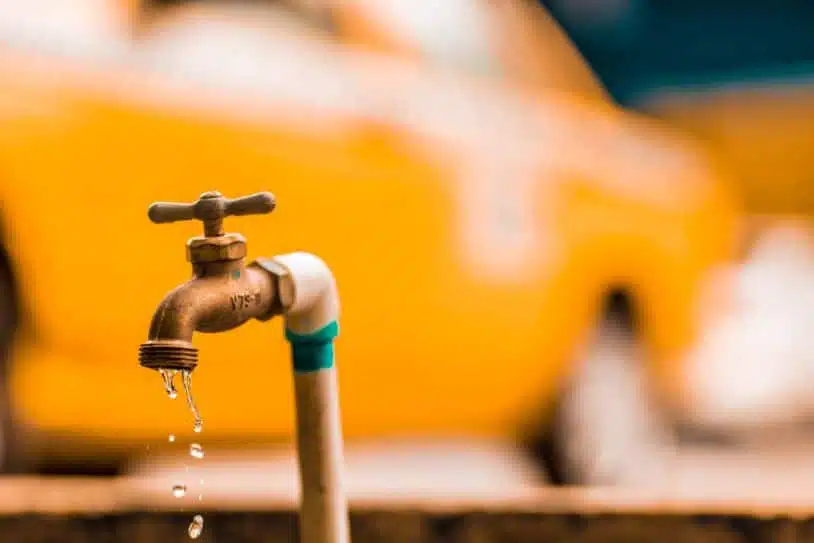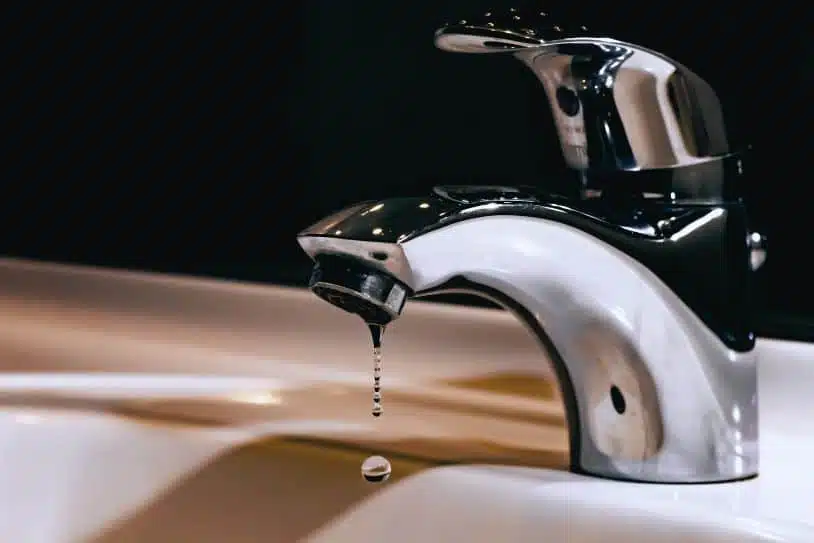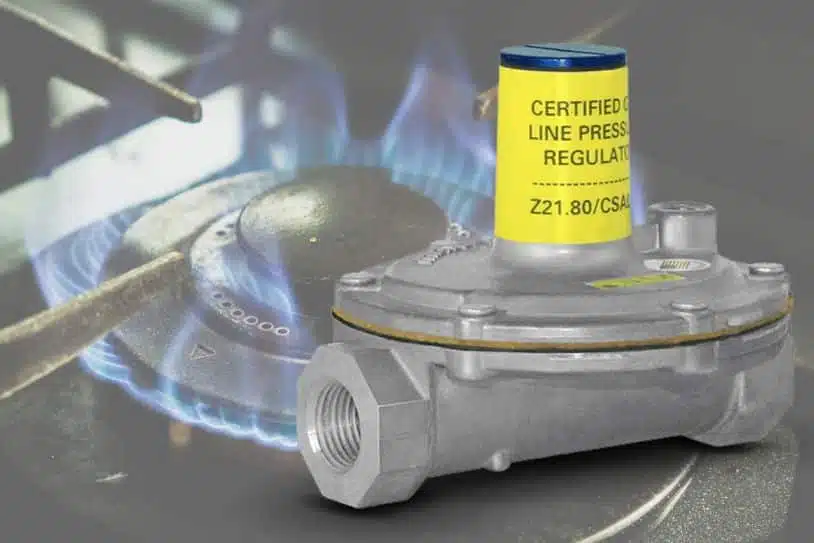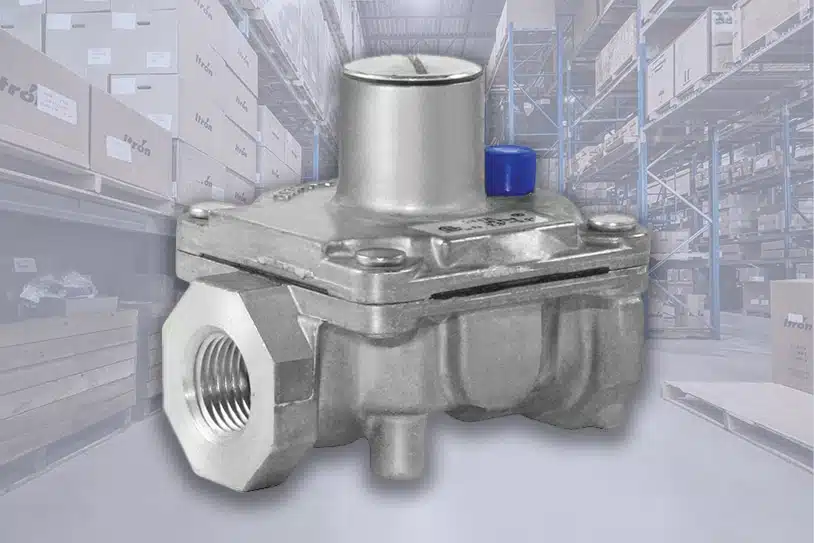How to Read Your Water Meter to Detect Leaks

Essential devices for measuring both the rate and volume of water consumption, residential water meters are above all tools for raising consumer awareness of water conservation. These devices are an integral part of a complex system of pipes and valves that supply water to various plumbing fixtures and appliances in homes such as toilets, showers, dishwashers, washing machines and so on. Detecting a leak in this complex system can be difficult, and that’s where water meters come in. Water meters can prove useful in the early detection of leaks by highlighting consumption measurement inconsistencies.
How to Detect Water Leaks with a Water Meter
Water leaks, although seemingly harmless, have serious economic and environmental consequences. A single undetected leak can waste thousands of gallons of water over time, translating into significant financial losses for households when passed on to the water bill. That’s why it’s important to keep an eye out for any changes in your water consumption by taking regular readings of your water meter and checking your water bill.
If you suspect a water leak, here is how you can use your water meter to detect it.
Step 1: Learn how to read your water meter
Since not all Canadians are billed for their water consumption, the first step in detecting leaks with your water meter is to learn how to read it. You can refer to the manufacturer’s manual, your water service provider or your municipality to find out how to read your water meter correctly.
Step 2: Turn off all water outlets
Make sure that all valves supplying your faucets, plumbing fixtures and water-consuming appliances inside your home are closed. Also, turn off all taps and water supply systems outside your home.
Step 3: Read the water meter to identify a leak
Record the current reading on the water meter. Note whether the flow indicator (usually a small rotating wheel or dial on the meter) is moving. If all water outlets are off and the dial is moving, it’s a potential sign of a leak.
Step 4: Conduct a two-hour test
Without using any water for two hours, check the meter reading again at the end of that period. If the reading has changed, there’s likely a leak.
Step 5: Isolate areas
To determine the location of the leak, you can isolate different parts of your property then different fixtures and appliances.
- Indoor vs. Outdoor: If your water meter is located at the street, turn off the main water supply shut-off valve to your house. If the meter stops moving, the leak is inside your home. If it continues to move, the leak might be outside in the buried water line that runs water to your home. Greener grass or unusual wet areas can be a sign of a leaking water main but can also be caused by a faulty pool, irrigation system or hose bib.
- Individual Fixtures and Appliances: Check plumbing fixtures and appliances one at a time by turning off their respective tap and observing the meter. You can also carry out visual inspections to detect:
- small puddles of water or moisture under sinks and around plumbing fixtures, appliances and water heaters.
- a leak from a leaking toilet flapper. Add dye to your tank to test for leaks.
Addressing the Water Leak
Once a leak has been detected, it’s essential to tackle the problem without delay. The nature and location of the leak determine the corrective measures to be taken. This may involve replacing old plumbing fixtures that have lost their integrity, meticulously sealing vulnerable pipe connections or repairing perforations in the piping. Timely repairs not only keep the water flowing but also prevent minor problems from turning into major, costly ones.
When you’ve narrowed down the number of potential leaks but still can’t pinpoint the exact source, or if the suspected leak persists despite your best efforts, it’s imperative to call in professional assistance. Plumbing professionals are equipped with specialized tools and a wealth of expertise, enabling them to accurately identify even the most elusive leaks.
Can a water meter be defective?
Yes, while water meters are generally reliable, they are not immune to wear, malfunction, or defects. Just like any other mechanical or electronic device, water meters can experience issues over time. Here are some reasons a water meter might be providing inaccurate readings:
- Age of the Meter: Older meters, especially those that have been in use for many years, can become less accurate due to wear and tear.
- Mechanical Failures: Moving parts inside the meters like mechanical water meters can become worn or jammed, leading to inaccurate readings.
- Environmental Factors: Extreme temperatures, moisture, or contamination can affect some meters, particularly if they are not adequately protected.
- Improper Installation: If a meter is not installed correctly, it might not measure water flow accurately.
- Electronic Malfunctions: For digital or smart meters, software glitches, battery failures, or other electronic issues can result in incorrect readings.
If you suspect your water meter is malfunctioning, it’s essential to keep records of your readings and water usage habits to provide evidence if there’s an inconsistency. In addition, contact your municipality or water meter provider so that they can test the meter’s accuracy.
Remember, a faulty water meter can result in overcharges on your water bill, so it’s essential to address any concerns promptly.
In Conclusion
Essential for preserving our water resources, water meters are also very useful devices for detecting leaks in a building’s water supply system. Learning how to read your water meter to detect leaks while isolating certain areas of your water supply system will help you pinpoint the source of the leak and address it more quickly.
While some leaks can be detected by inspecting fixtures and appliances, others can be hidden. When in doubt, it’s best to call in a professional to make sure the leak is detected and repaired. Acting quickly not only saves water but also avoids bigger, more costly problems.
Norgas supplies water meters for submetering applications in Canada. Our meters are used in residential, commercial and industrial installations. If you’re a municipality, real estate developer, or contractor looking to install or replace water meters in a sub-metering application, or if you have any questions about our products, please don’t hesitate to contact us.
Further Readings
- Learning About Water Meter Types
- 7 Benefits of Water Submetering in Residential Applications
- Product Spotlight: NMT Mechanical Water Meters
- How to Choose the Right Water Meter for Your Application?






